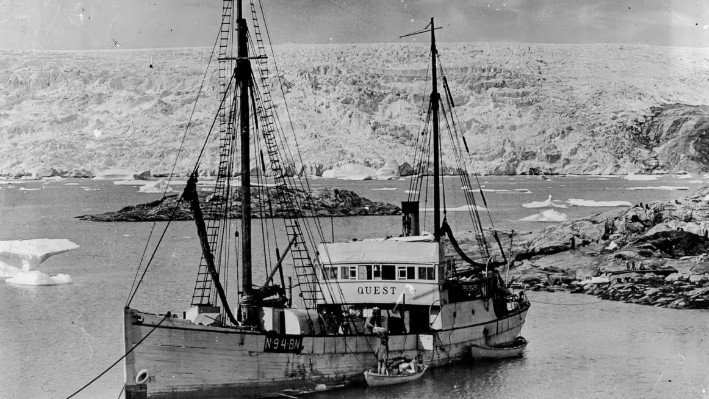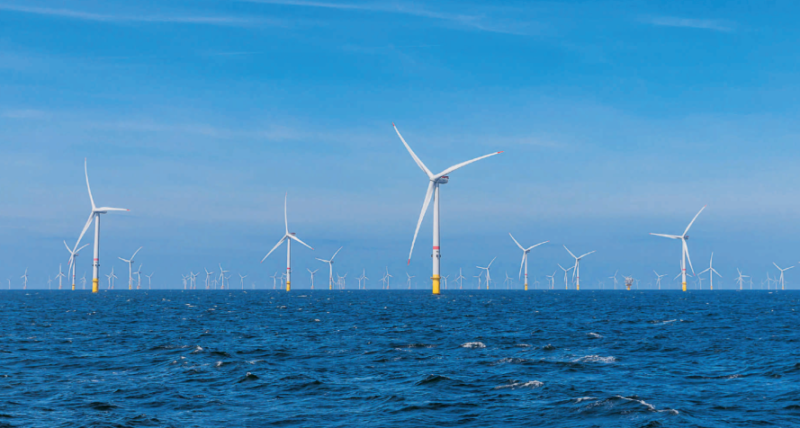The wreck of the ship of famous British polar explorer Ernest Shackleton, aboard which he died en route to Antarctica, has been found off the coast of Newfoundland and Labrador, Canada, a group of researchers announced Wednesday .
Lying at a depth of 390 meters, the Quest is “a very historically significant ship,” said John Geiger, director general of the Royal Canadian Geographical Society, in charge of the expedition.
Ernest Shackleton entered the legend of polar expeditions thanks to the epic journey he undertook with his 27 companions, on foot and by canoe, after the sinking of his ship, the Endurance, in the icy seas of Antarctica. in 1915.
For months, the crew survived on the ice floe and then on an icy island in Antarctica. They will be saved thanks to the daring journey of Shackleton, who left in a canoe with a few companions to seek help.
The discovery of the Quest marks « one of the final chapters in the extraordinary story of Sir Ernest Shackleton », John Geiger said at a press conference, adding that the sailing and steamboat had been found on Sunday at the using sonar.
“The wreck matches what we know about the shipwreck, and it is in the right place, where there are no other wrecks of this type. This allows us to say with complete confidence that this is indeed the Quest,” explained David Mearns, wreck hunter and member of the expedition.
In the sonar imagery, the ship appears largely intact, resting vertically on its keel. One of its two masts is broken and rests on the seabed.
Seven years later after the Endurance episode, on January 5, 1922, the explorer died of a heart attack at age 47 aboard the Quest, anchored off the island of South Georgia, in the South Atlantic. He was on his way to his fourth expedition.
The Quest was later used for other expeditions, for Arctic rescues and by the Canadian navy during the Second World War, before sinking in 1962, damaged by ice off the coast of Newfoundland. All members of the Norwegian crew survived.
Another expedition is planned later this year to further photograph and document the wreck.



